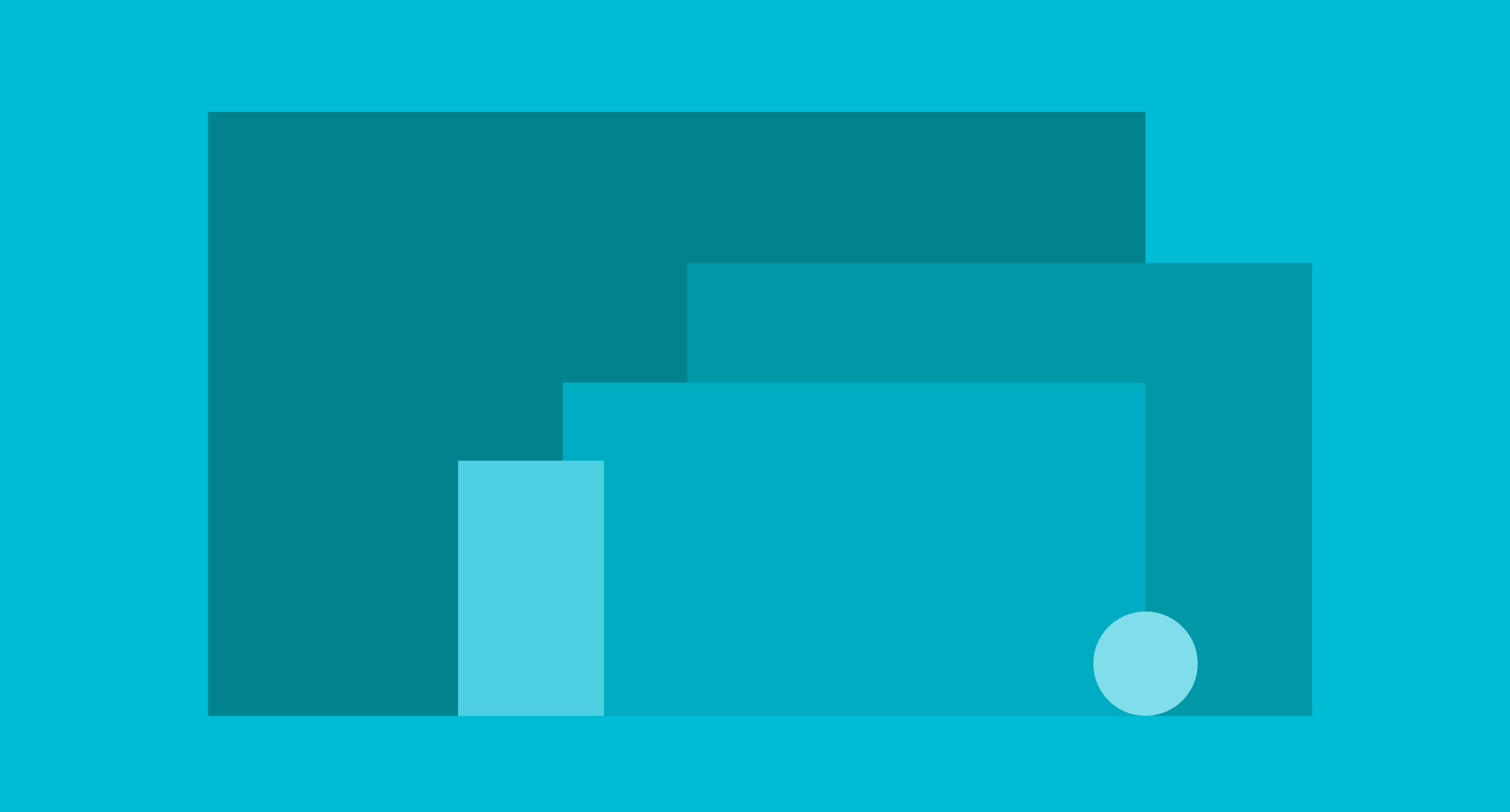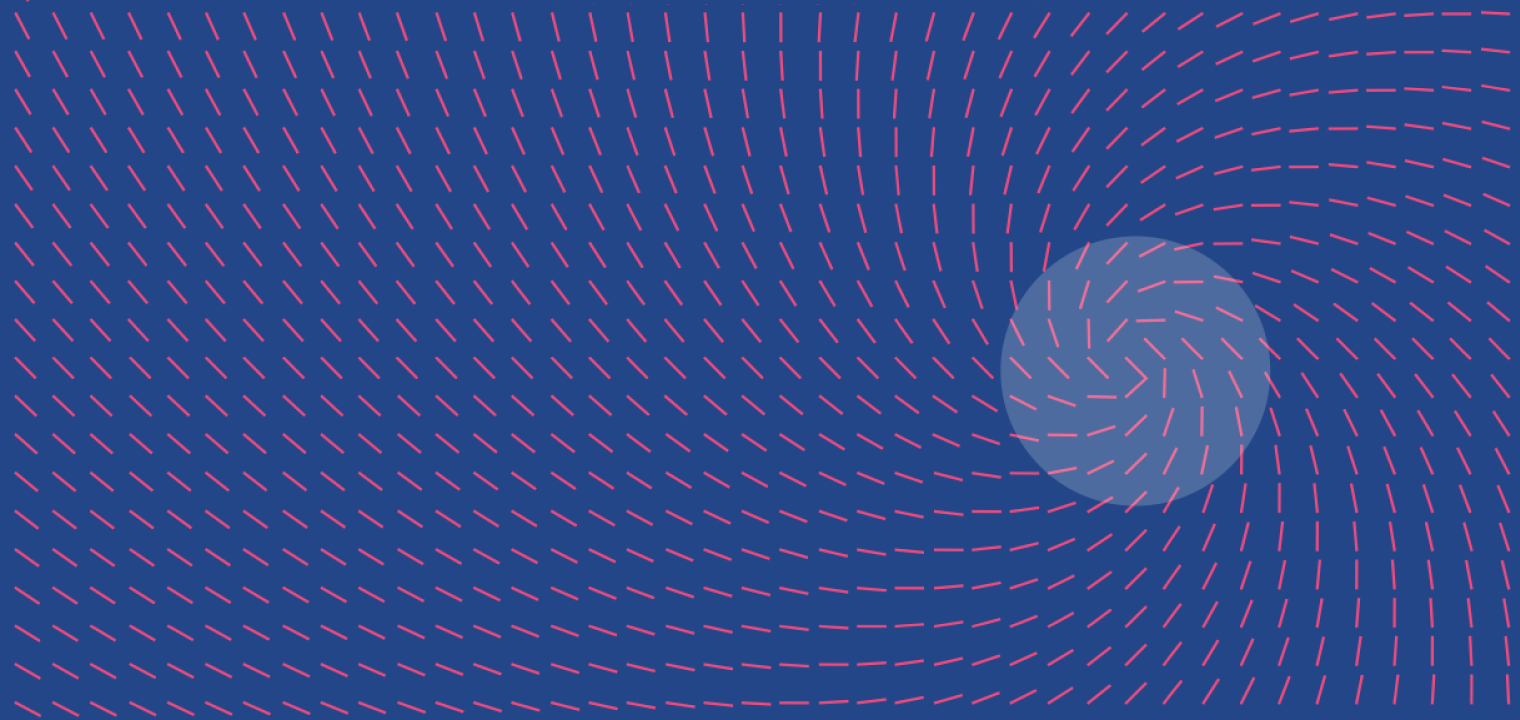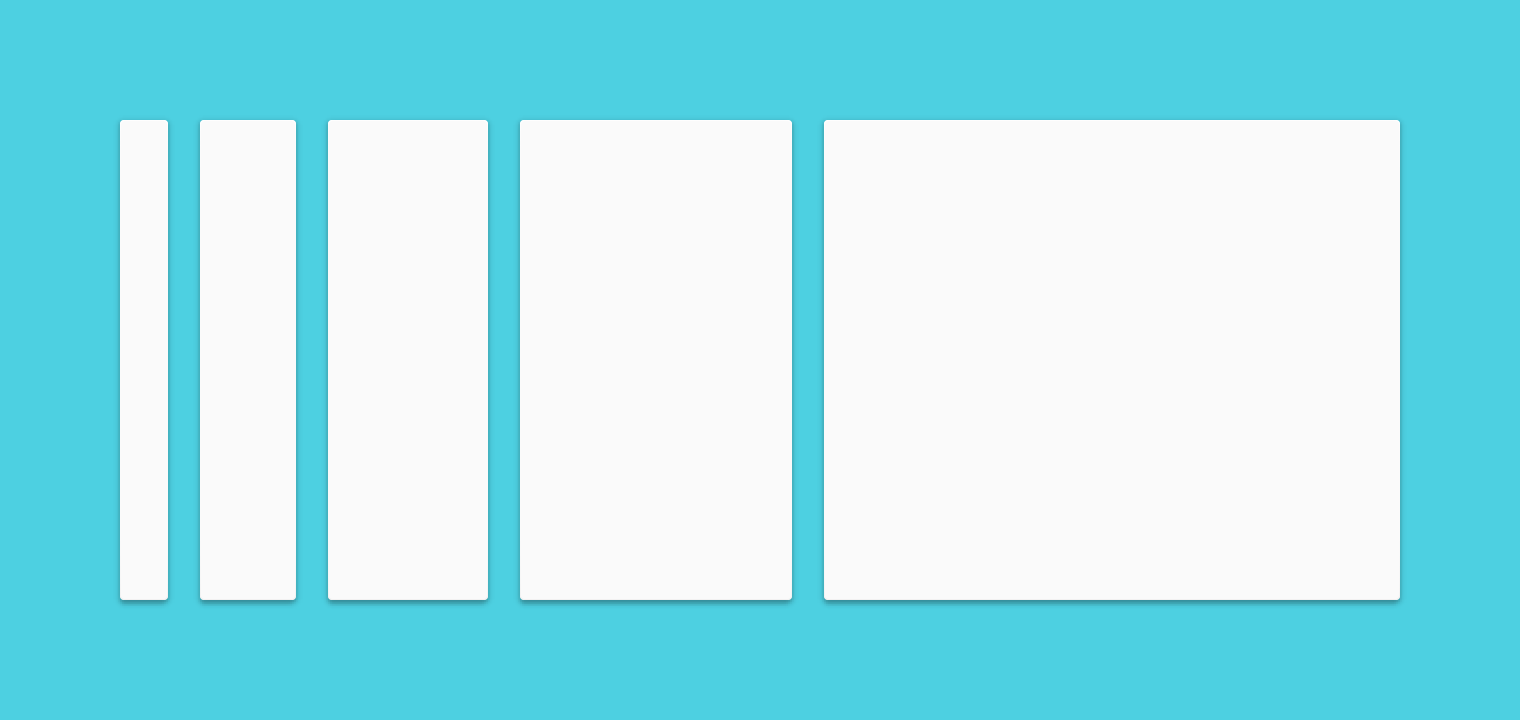
Goals
Create a visual language that synthesizes classic principles of good design with the innovation and possibility of technology and science.

Develop a single underlying system that allows for a unified experience across platforms and device sizes. Mobile precepts are fundamental, but touch, voice, mouse, and keyboard are all first-class input methods.



